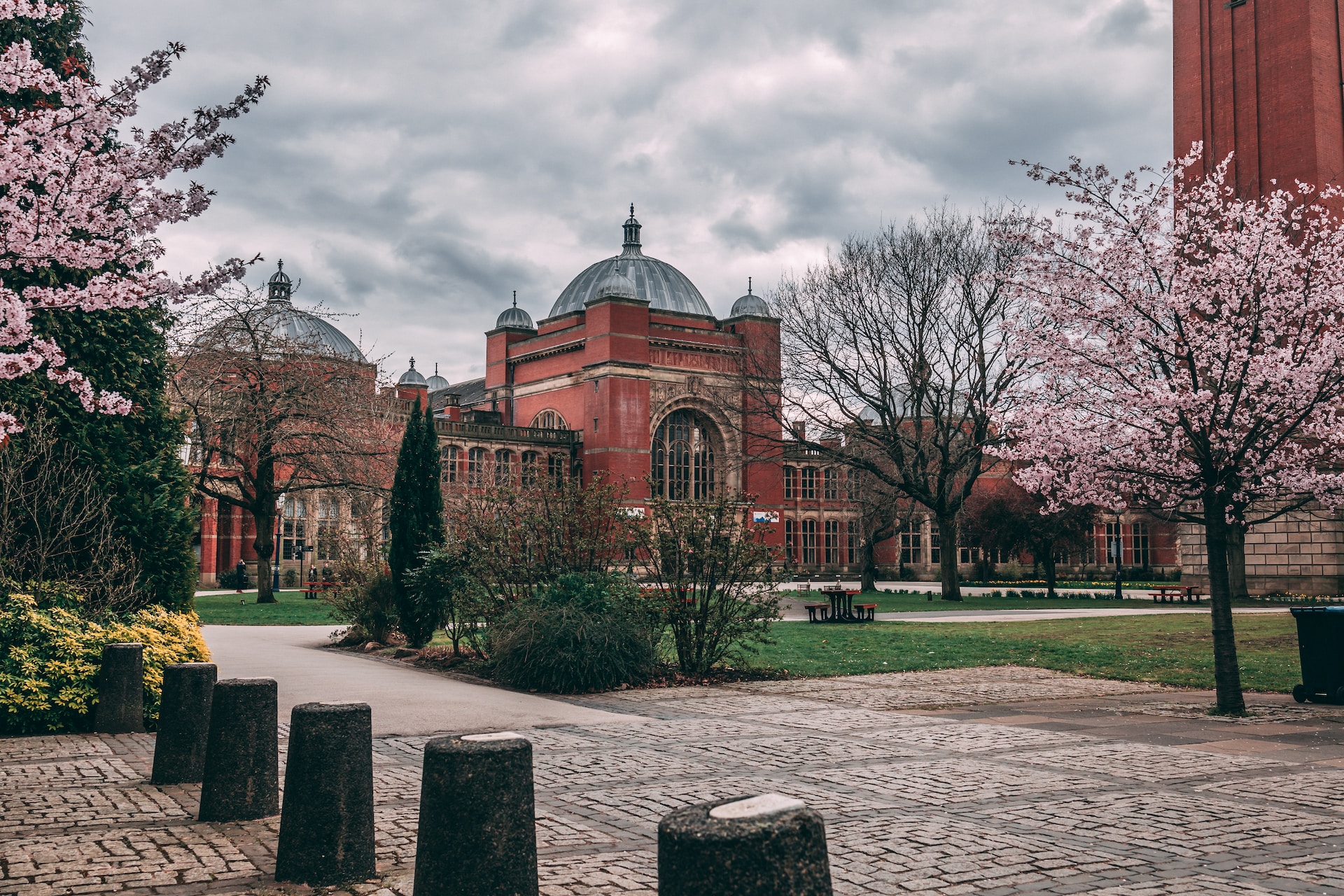
News Writer Dylan Morgen writes about the University of Birmingham’s new Molecular Science building.
The new £57 million five-storey University of Birmingham (UoB) Molecular Sciences building, housing over 500 chemistry, environmental and biomedical researchers, opened on the Edgbaston campus on the 4th of October, 2023. The building is next to the Biosciences and Teaching & Learning Buildings.
An attractive aerial video shows the nearly completed building from different perspectives. The building has rooftop solar panels, a biodiverse green roof and an air source heat pump. It contains 175 fume cupboards and MRI and NMR analyzers.
The building has rooftop solar panels, a biodiverse green roof and an air source heat pump
The Estates Director Trevor Payne explains that common areas are designed as “collision spaces” where researchers bump into each other, which sparks conversation, research and where the best ideas can happen.
The 2 year project was led by Morgan Sindall Construction who employed 11 unemployed workers, invested 312 volunteer hours and hosted 12 work placements.
Morgan Sindall Construction was responsible for the construction of both the Collaborative Teaching Laboratory and the Business School extension, both of which received energy performance certificates (EPC) with A ratings. The design for these buildings was provided by Birmingham Associated Architects, who had previously worked on projects such as the UoB Engineering building, New Library, Old Gym buildings, and the Lapworth Museum of Geology at the University of Birmingham.
This project managed to achieve significant carbon savings, reducing 358 tonnes of CO2 emissions from the original design by utilizing cement alternatives
The previous Vice-Chancellor Eastwood approved the construction with a planned BREEAM environmental rating of 4* out of a maximum of 5*. UoB calls the 4* ‘a notable rating given high specification laboratories typically have higher operational energy requirements due to the nature of research.’
Morgan Sindall has proudly claimed: ‘sustainable labs are possible, we delivered the UK’s first carbon neutral lab’, which is the 5* carbon neutral 2013 laboratory at Nottingham University’. The Cambridge University MRC Toxicology Labs underwent refurbishment in 2021 and achieved a 4* BREEAM rating, while the Exeter University Environment and Sustainability Institute received a 5* rating in 2014.
The Chemistry Department is making a significant move, relocating from the 1973 Chemistry Haworth building, which had a poor “E” EPC rating in 2017. The Molecular Science Building represents the first of four buildings to be constructed as part of a complex at the same site.
Read more News stories here:
Selly Oak wellness cafe ‘grounded’ off to a positive start
Comments